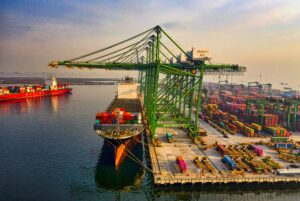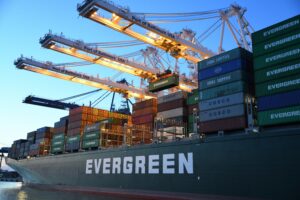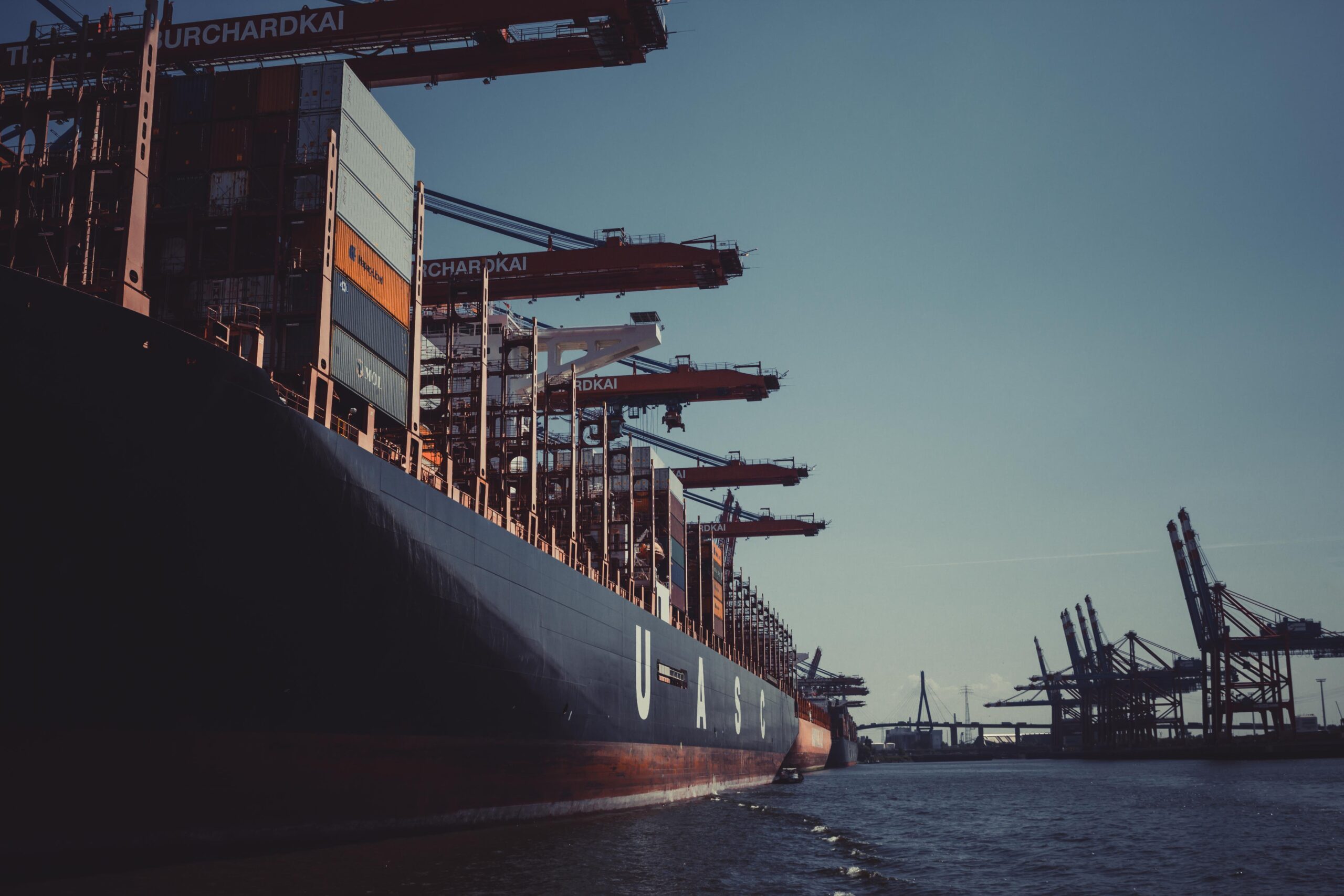The freight industry is known for its very thin margins. Therefore, being able to provide cost-effective services is vital to stay in the market and stay ahead of the competition. Fortunately, there are many logistics automation technologies that companies can leverage to reduce costs while improving service quality.
Logistics Automation Definition
Logistics automation refers to the use of technologies such as machinery and logistics software to improve the efficiency of logistics processes, from procurement to production, inventory management, distribution, customer service and recovery. On the machine side, consider automated guided vehicles, robotic arms, and automated storage and retrieval systems (AS/RS) such as carousels and vertical lift modules. On the logistics software side, many solutions help in sales, WMS, CRM, invoicing, accounting, tracking, business intelligence and many more.
Why is Logistics Automation Important?
In today’s world, e-commerce sales are higher than ever and the trend is showing no signs of slowing down. This ever-increasing flow of goods all over the world puts pressure on both the manufacturer and the distributor. To stay competitive, companies need to streamline their processes as much as possible. But they face a few challenges related to fulfillment, customer service, and systemic bottlenecks. This last challenge is particularly common when it comes to manual data entry. But there is much more to it than invoices that need to be processed on a daily basis. Documents involved in logistics processes generally include:
- Purchase orders
- Packing lists
- Shipping notifications
- Contract agreements
Manual Data Entry is Boring and Costly
Entering data manually is a cumbersome waste of time. Employees must review paper or digital documents, then write or copy and paste the data into a spreadsheet or business system. This is a slow and repetitive task that distracts your staff and inevitably leads to mistakes along the line. According to a study conducted by Stitch Labs, 62% of inventory fulfillment problems are caused by human error. When you have hundreds, if not thousands, of documents per month, the cost of entering data can increase significantly. Besides paying staff, manual data entry can incur other costs in many ways:
- Human error can lead to misinformed business decisions and reputational damage.
- Complex documents that require outside help take longer to process.
- Slower customer service.
- Decreased productivity due to low staff morale.
- Penalties for documentation errors.
Logistics companies have struggled with these problems for decades. Fortunately, technology has reached a point where it is now possible to automate logistics processes.

How Automating Logistics Processes Can Help Your Company Scale
Beyond reducing costs, logistics automation systems will help you increase the overall efficiency of your supply chain, thus paving the way for scaling your business. Here’s how:
You Get Rid of the Cost of Manual Processes
Logistics automation frees businesses from massive repetitive workloads such as manual collection or data entry. By automating simple, time-consuming processes, your teams can focus on higher-value tasks and serve customers in less time.
You Reduce Errors and High Costs
If you invest in the right solutions for your business, you can significantly reduce human error and therefore avoid many of the costs that come with it. In addition to avoiding bottlenecks, logistics automation saves managers and teams a great deal of time and effort, resulting in lower costs and increased productivity.
You Can Provide Freight Rates In Real Time
Shippers need fast and accurate estimates of shipping rates, LTL, FTL, insurance, handling times and other costs. Using logistics software that provides real-time freight rates helps you plan freight capacity and deliver competitive deals, while reducing the cost of pulling data and generating reports with traditional IT resources.

You Provide Better Customer Service
Customers are always looking for the cheapest and most reliable options. Automating processes such as transaction tracking, document processing and creation, or up-to-date shipment status can help you deliver faster service at a lower cost, making you more competitive.
You Can Grow Your Business
Because automation handles repetitive tasks with great accuracy and provides quick access to actionable data, you’ll have room to serve more customers and make informed strategic decisions. Small companies that automate their processes have the potential to compete with larger companies and demand greater market share.
Top 3 Logistics Automation Systems You Can Apply Today
Most logistics automation systems can be divided into two categories: Ready-made systems that you can implement immediately, and custom systems that require a consultant to assess your needs and design a custom solution.
Data Capture Software
Data processing from documents is a vital part of the supply chain. And as we discussed above, manual data entry is a time-consuming process with a high probability of error. Enter data capture software, a cost-effective alternative that does the data entry for you. Docparser uses a combination of Optical Character Recognition (OCR), advanced pattern recognition and link keywords to accurately extract data from large volumes of documents. It is easy to use and requires no technical skills. It’s also much cheaper than acquiring a custom solution.
Stock Control Systems
As the name suggests, an inventory control system is an inventory control system, from purchasing to receiving, shipping, tracking, reordering, etc. It deals with various aspects of inventory management. It provides a 24/7 overview of stored goods or materials, as well as receiving and shipping notifications. This access to real-time information helps with inventory control, reporting, forecasting, waste reduction and more.

Predictive Analytics
47% of logistics professionals currently invest in predictive analytics. This system combines complex mathematical algorithms, cloud-based servers, and even blockchain to analyze data and generate forecast models for demand, price strategies, optimal inventory levels, and optimal shipping frequency. While predictive analytics isn’t the easiest technology to implement, the ROI can be huge. The best logistics companies are already using it to identify underutilized vehicles, predict buyer decisions to plan deliveries accordingly, optimize delivery routes and much more, saving millions of dollars.
Special Solutions
The introduction of robot technology has been a real game changer for logistics lately. More and more companies are investing in automated forklifts, collaborative mobile robots, drones and automated storage and retrieval systems. Automated machines perform tasks with consistent speed and great accuracy, reducing the cost of error and increasing worker safety. However, acquiring the necessary equipment and software to automate a facility can cost a significant $500,000 to $25 million. Therefore, investing in warehouse automation requires careful thought and planning, but you can start gradually by acquiring automation tools.






